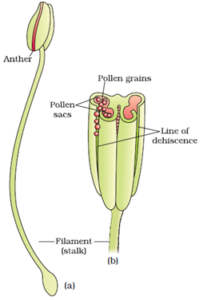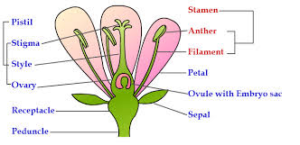Science > Biology > Botany > Reproduction in Plants > Pollination and its Types In this article, we are going to study important step in sexual reproduction in plants i.e. pollination. We shall also study its types. Transfer of pollen grains (shed from the anther) to the stigma of a pistil is termed pollination. Depending […]
Categories
Pollination and its Types
- Post author By Hemant More
- Post date April 6, 2020
- No Comments on Pollination and its Types

- Tags Abiotic agents of pollination, Androecium, Anemophily, Apomixis, Asexual reproduction in plants, Biology, Biotic agents of pollination, Botany, Cellular endosperm, Ceratophyllum desnersum, Chiropterophily, Cross-pollination, Development of embryo, Development of endosperm, Development of Female Gamete, Development of Male gametophyte, Double fertilization, Endosperm, Entomophily, Epihydrophily, Fertilization, Formation of fruit, Formation of seed, Gynoecium, Helobial Endosperm, Hydrophilly, Hypohydrophily, Microsporangium, Nuclear endosperm, Ornithophily, Parthenocarpy, Pollen-Pistil Interaction, Pollination, Polyembyyony, Self-pollination, Sexual reproduction in moss, Sexual reproduction in plants, Sexual reproduction in spirogyra, Stigma, Structure of anther, Structure of ovule, Structure of pollen grain, Structure of seed, Zostera marina


